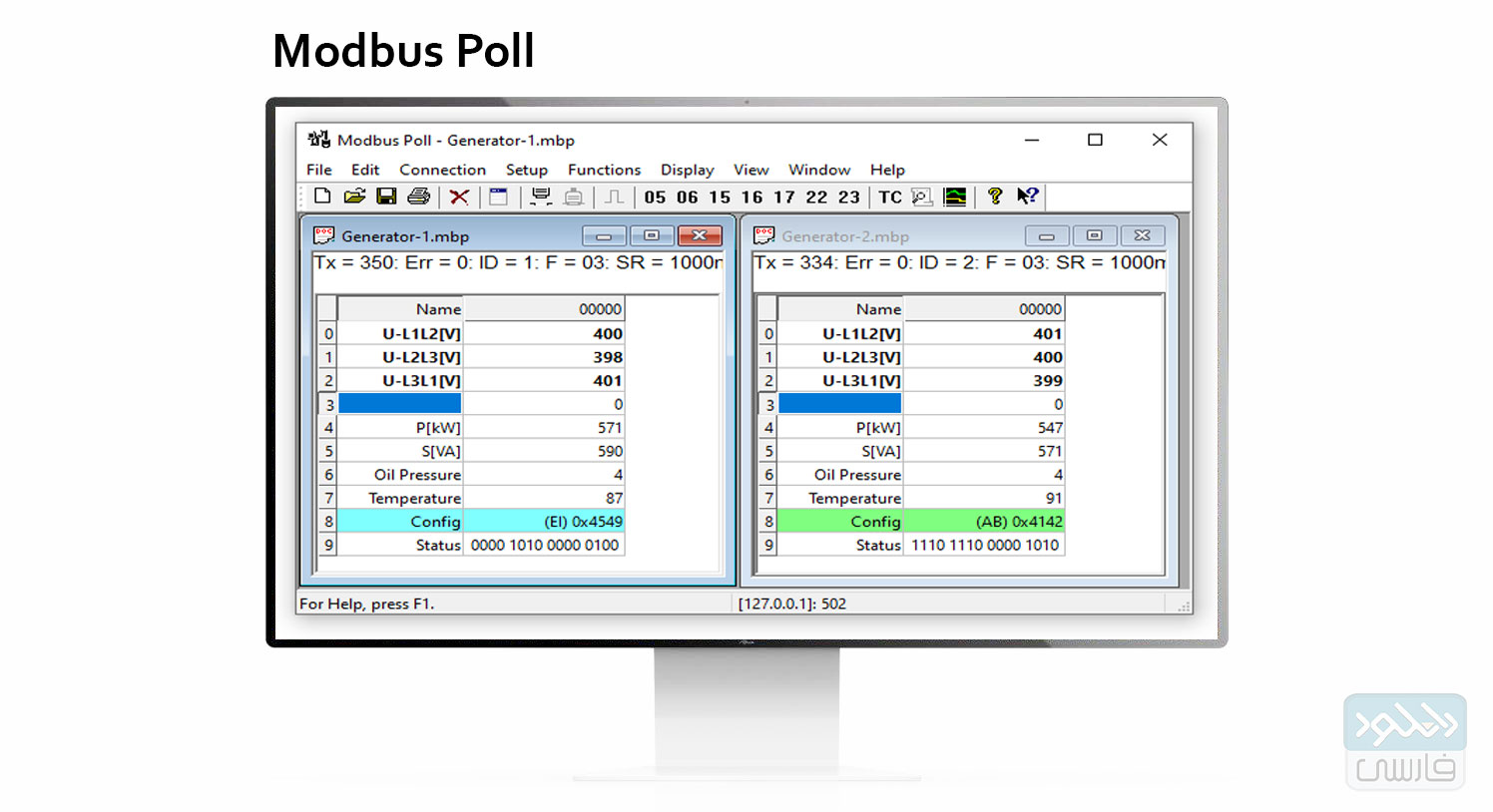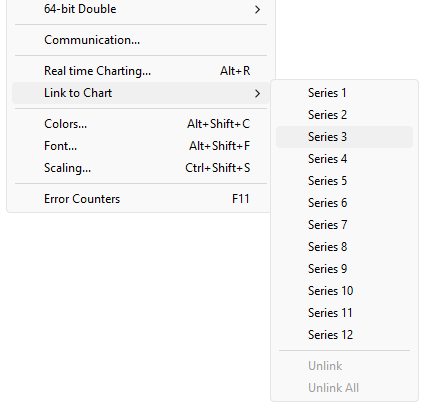

- #MODBUS POLL LICENSE KEY 7.0 HOW TO#
- #MODBUS POLL LICENSE KEY 7.0 GENERATOR#
- #MODBUS POLL LICENSE KEY 7.0 SERIAL#
- #MODBUS POLL LICENSE KEY 7.0 CODE#
A different type of checksum, the longitudinal redundancy check checksum, takes place after ASCII data transmission.

This version is more verbose, and it uses ASCII characters that can be read by human operators. The second variant is the Modbus ASCII protocol. In this format, a message is always followed by a cyclic redundancy check checksum, which is used to detect transmission problems.

The Modbus RTU protocol is more compact and uses binary communication. There are two variants of the standard Modbus protocol: ASCII Modbus vs Modbus RTU. This example uses the web interface of the NetGuardian DIN remote monitoring device.
#MODBUS POLL LICENSE KEY 7.0 GENERATOR#
We'll start polling data from a backup generator (propane/diesel).

#MODBUS POLL LICENSE KEY 7.0 HOW TO#
In this video, you'll see a few simple steps on how to monitor your generator using Modbus. Real-World Example: Using Modbus to Track Your Generator Status This non-physical layer property makes Modbus an application layer SCADA protocol. Messages are transferred on top of physical layers, enabling it to be utilized on many different types of networks. Modbus is not part of a physical layer on a network, as with some other protocols. These Modbus messages are packed as a single bit, or 16-bit word packets. Modbus messages can also be sent over Ethernet or TCP/IP. Modbus RS-485 is half-duplex, and indicates values using differences in voltage. Modbus RS-232 allows concurrent, full-duplex flow of data.
#MODBUS POLL LICENSE KEY 7.0 SERIAL#
There are two types of Modbus serial protocols, RS-232 and RS-485. This flexibility is part of the lasting appeal of Modbus. Modbus data can be carried on two channels - over serial communication, or over a network connection. Two Channels: Modbus RTU vs Modbus TCP/IP If your monitoring device needs information to present to a human operator, the targeted device will read holding registers to receive the data.
#MODBUS POLL LICENSE KEY 7.0 CODE#
Manufacturers are free to use any number of formats (Modbus function code fields) to suit the function of their devices. That's really all holding registers are, and you'll configure an RTU to only collect data from the registers you want. For simplicity's sake, imagine a database or a spreadsheet with two columns: one column contains the register name, and the other column contains the register value. A register could contain one analog value, a collection of binary values, or something else. Devices store important values of different data types in various 16 bit registers. A remote terminal unit (RTU) is also able to tell a Modbus device when and what commands to execute.Įven the format of the data is flexible. A system will consist of an RTU which polls (or interrogates) a device for data and alarm information. Like most remote monitoring system protocols, Modbus follows the master/slave model, but the devices are typically referred to as interrogators/responders, respectively.


 0 kommentar(er)
0 kommentar(er)
